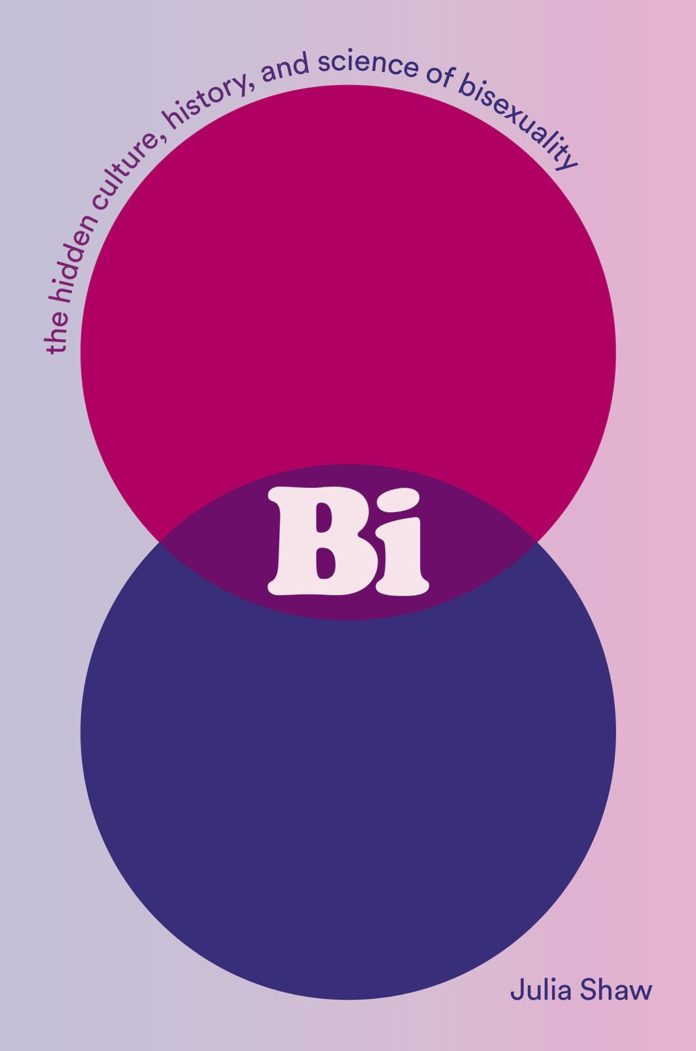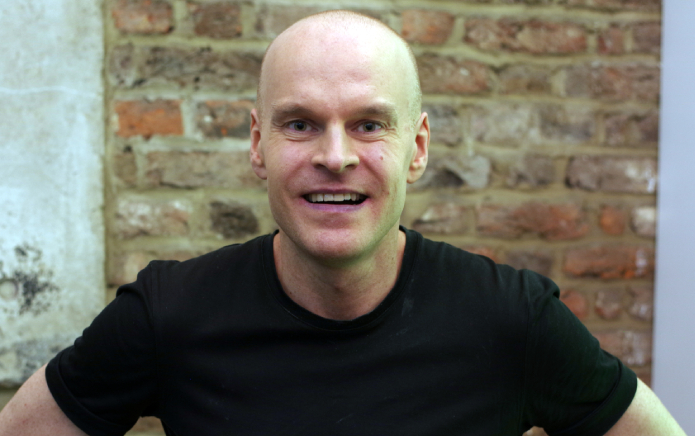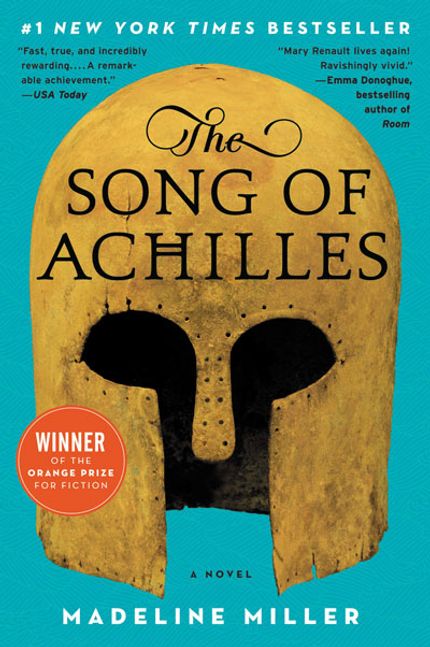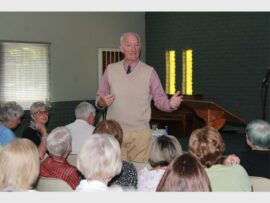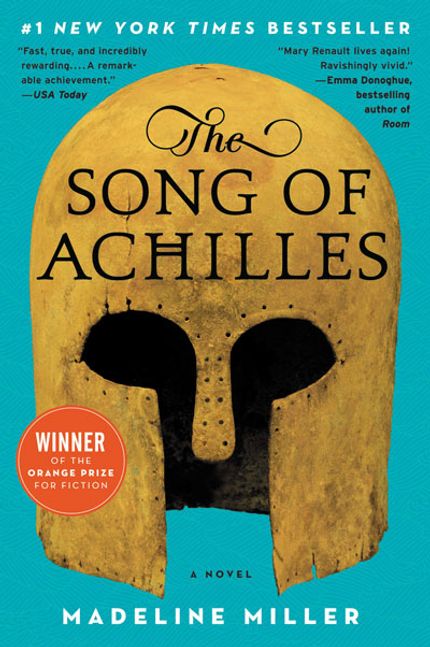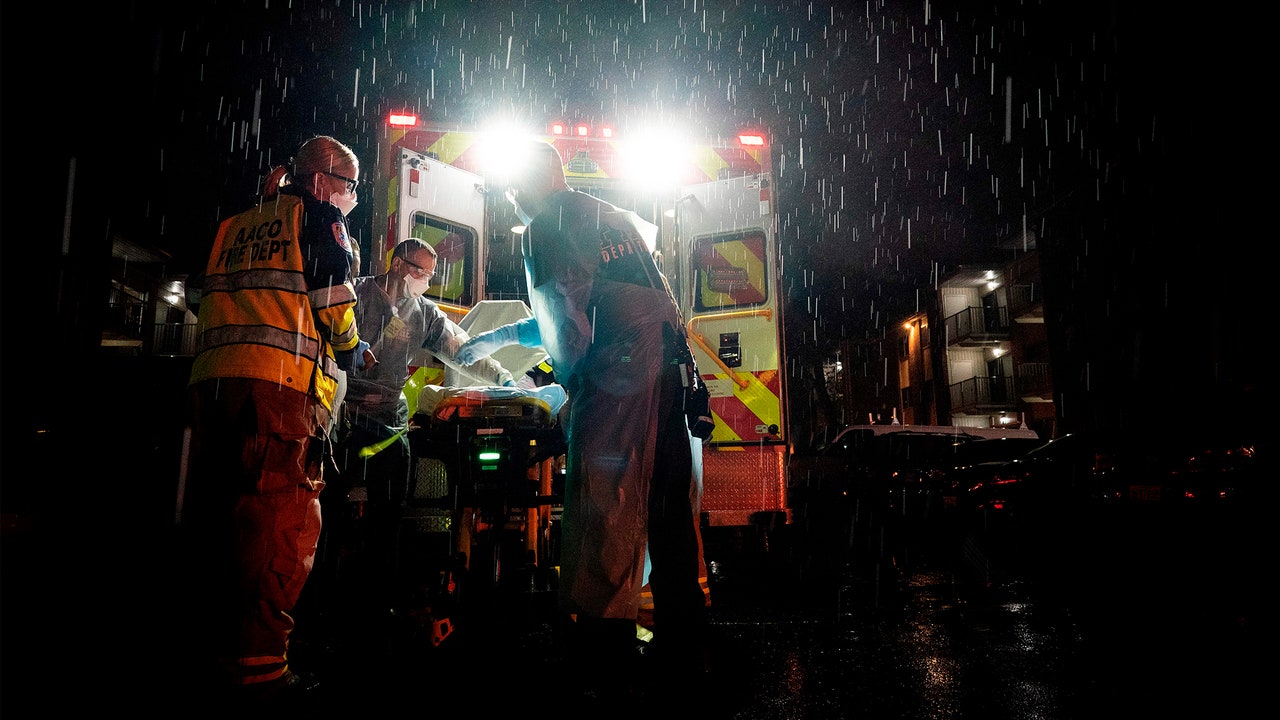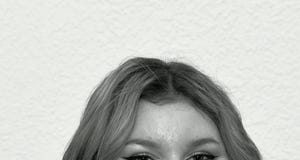Dr. Julia Shaw, a criminal psychologist whose work has primarily focused on memory and criminology, set out to write about a topic and identity that had a profound effect on how she sees herself. As a bisexual woman, Dr. Shaw felt that there wasn’t a book that spoke to her experiences. “I wrote this book because this book didn’t exist, and I had so many questions about bisexuality,” says Dr. Shaw.
Asking the most basic question — what is bisexuality? — Shaw takes the reader on a journey to discuss the empirical studies behind bisexuality and the specific issues in the queer community that are unique to bisexual people. She also highlights how bisexual people can be rejected by both the queer community and heterosexuals, accused of “having their cake and eating it too” because of how they can camouflage in both spaces. Although the book is centered mainly on bi issues, Shaw discusses sexuality as an overall concept and how we should view it as fluid rather than as binary or stagnant.
Whether you are part of the LGBTQ+ community or not, Bi: The Hidden Culture, History, and Science of Bisexuality raises the question of how we define our sexuality and challenges us to rethink heteronormativity. Shaw thoughtfully presents this book through research and historical contexts to discuss the lived experiences that bisexual people have in our society.
Shondaland caught up with Dr. Shaw to talk about how she wrote her book and what she hopes it will bring to the larger conversation about bisexuality.
OYINDAMOLA BAMGBOLA: What led you to write a book about bisexuality?
JULIA SHAW: I wanted to write this book because there wasn’t a book answering the questions I had about bisexuality. As a psychologist, I’m always curious about the “why” behind experiences and phenomena, and I wanted to discover more about bisexuality. Sure, there were a few autobiographies, fiction books, and some political books about bisexuality, but they were lacking in different areas and didn’t offer a comprehensive outlook on bisexuality. This book evolved from wanting a more comprehensive understanding of bisexuality that was composed of empirical studies and firsthand experiences.
OB: I can imagine that you, as a bisexual woman, had a personal connection to writing this book. What did you learn about yourself and about the experiences you had in the past while writing this book?
JS: As a bisexual person, when I first identify myself as bisexual, I get many questions from people asking me how it works: Could I be monogamous? Is it a thing? So, in some ways, writing this book helped me to have better answers to all of those questions. It also gave me a way to tell people to read the book instead of asking me these questions. I got a new language around issues that affected me and gained insight from the experiences of bisexual people who lived different lives.
It was important for me to not just write from my experiences but also include other voices in the book. I cited more in this book than I normally do. That was a huge learning process for me to see how the reality of being bi is for people from different backgrounds. I wanted to highlight the similarities that all bi people share but also to point out the huge differences. The biggest learning process for me was discovering how heterogeneous the experience of bisexuality is for people around the world.
OB: I think many people, including me, default to heterosexuality because it is the norm, but this assumption creates a barrier down the line for teens. How do you think we can normalize conversations early on with teens about exploring their sexuality?
JS: I think there are three things we can do to improve the lives of current and future generations of people. First, we need to start having conversations in general about bisexuality within sex education because we rarely discuss it in school settings. Education will ensure that kids from a young age know that bisexuality is a possibility that sits alongside homosexual and heterosexual desires and that it is an identity that is normal and natural and not something nonexistent or as a stepping-stone to homosexuality.
From the research conducted on sex education in schools, there seems to be a dearth of LGBTQ+ education in general, but particularly lacking information on bisexual people. This misinformation or lack thereof leads to increases in the sexual touching of bi girls, the hypersexualization of bi women, and the erasure of bi men. We need to step up our sex education and discuss sexuality as a spectrum rather than a binary choice.
Secondly, we need to have these conversations within families and in society. Increasing the representation of queer people in the media helps to discuss sexuality. For example, the TV show Heartstopper did a great job of normalizing teens talking about sexuality. It allowed families and kids to see a healthy love story for the queer community and also see one of the main characters come to terms with their bisexuality. TV shows like Heartstopper give families a platform to have conversations about these experiences in both directions. Sometimes, it can be the kids bringing it up to parents or teaching them, especially when it comes to teens who are tuned in to social media or the parents providing space for their kids to talk about sexuality.
Finally, we should ensure that when negative incidents occur in the LGBTQ+ community, there is a safe place for people to go to, especially for psychological and counseling services. Therapists also need to be educated on bi issues to ensure they are not causing more harm to the victim by blaming them.
This content is imported from Instagram. You may be able to find the same content in another format, or you may be able to find more information, at their web site.
OB: While people in the LGBTQ+ community face similar experiences of coming out and discrimination, you discussed how bisexual people are specifically stigmatized by other groups in the queer community. What do you think we can do to reduce the stigma within the community?
JS: I think there are a couple of things that we can do to reduce the stigma. One is to educate people within the community as well. We can achieve this through more bisexual representation on-screen. As long as bisexual people are closeted, which research has shown that they are more likely to be, there will continue to be negative perceptions about their experiences and dismissal of their concerns. Stereotypes about bisexual people can be strong within certain homosexual spaces because the assumption is that, as a woman, you are probably heterosexual and will go back to men; you’re basically a tourist in lesbian spaces. For bi men, their bisexuality can be erased and minimized to only being gay, or we accuse them of lying about being bi when we think they are actually homosexual.
With trans men and nonbinary people, we have issues of inclusion partly because gender identity is seen as overriding sexual orientation. It’s almost like you can only have one of the letters in the LGBTQ+ spectrum, so if you check the T box, you can’t express yourself as G or L. There’s an erasure that goes on because there is an amplification of certain identities over others. We can become better allies by acknowledging that bisexuality or pansexuality is real and not used as stepping-stones.
Rather than saying bisexuality is never a phase, because that isn’t accurate, we should accept that sexuality is fluid. I think that’s the safer way of talking about it because I know several people who have identified as lesbian or gay for years, but at some point, they start identifying themselves as bisexual. We should be more open within queer spaces on changing labels and being fluid, and accept whatever people are saying about their identity at the time as valid.
This content is imported from Instagram. You may be able to find the same content in another format, or you may be able to find more information, at their web site.
OB: You mentioned that even when we portray bisexual characters in the media, their sexuality is often ambiguous or left to the viewers to wonder about. How can writers properly convey a bisexual character to the audience?
JS: Well, they can say the word bisexual, so either the character themselves can announce it, or a close friend to the character can reveal it. It’s helpful to use the actual word and identity labels rather than leaving their sexuality up for interpretation. While there can be a tiptoeing around identity labels for everyone in the queer community, there seems to be even more ambiguity in revealing the sexuality of bi people.
While saying the word can be empowering, I understand that sometimes writers don’t include the label because they don’t want to make a big deal about it. This can come from a good place of trying to normalize their sexuality and not make it a central piece of the character, which is a good thing because sexuality isn’t the only thing about someone’s identity. Being ambiguous about sexuality does the queer community a disservice and makes it harder to find yourself represented on TV.
OB: What do you hope people take away from this book?
JS: I hope that readers, regardless of their sexual orientation, find an extended capacity for love within themselves but also toward others. I hope that people ask themselves new questions about why they love the people they love. Why are they sexually attracted to certain people? Could it be different? Would they like it to be different? Many people in the world from my research have experienced bisexual attractions or think they have the capacity for it. Seeing that, I hope this book gives people a framework to understand and reflect on their bisexual desires. For people who aren’t bi, I hope that they are introduced to interesting ideas and concepts that apply to human love and relationships more generally.
Oyinda Bamgbola is a Nigerian-born freelance writer whose work has been featured in Byrdie, Blavity, and Medium. She can talk for hours about her favorite TV shows. You can find her on Twitter and Instagram.
Get Shondaland directly in your inbox: SUBSCRIBE TODAY
This content is created and maintained by a third party, and imported onto this page to help users provide their email addresses. You may be able to find more information about this and similar content at piano.io

